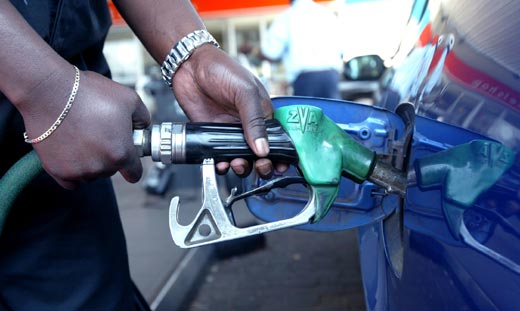Tobacco value chain strategy takes off
GOVERNMENT is implementing a tobacco value chain transformation plan, which will promote local processing of the golden leaf and enhance value addition to reduce losses due to raw exports This comes amid concerns that the country is exporting semi-processed tobacco and earns only 0.17 percent of the global tobacco market value estimated to be around US$878.35 billion.
Speaking virtually at the 7th CEOs Africa Roundtable last week, Lands, Agriculture, Water, Fisheries and Rural Resettlement Minister, Dr Anxious Masuka, said Zimbabwe was the largest producer of tobacco in Africa and 6th in the world accounting for seven percent of the world supply.
Dr Masuka, who was presenting on a topic on unlocking Zimbabwe’s mega tobacco potential, said tobacco was a key crop in the country as it contributes 25 percent of agricultural Gross Domestic Product (GDP) and accounts for 50 percent of agricultural exports.
“If the world was fair, seven percent of the value of the world tobacco is US$61 billion and potentially Zimbabwe should be getting US$61.4 billion dollars from its tobacco,” said Dr Masuka.
He said there were 160 000 tobacco farmers in the country, 85 percent of them being small holder farmers who benefitted from the land reform programme and represent over a million households.
“That is what tobacco is worth in the world. However, we only get US$1 billion to US$1,2 billion annually from the current exports from tobacco. “Of this $1 billion tobacco value, Zimbabwe only retains 12 percent of the value of
tobacco, that is what goes to the fiscus and we think that the financing arrangement can be completed by a localization plan and it is in this regard that Government has put in place a mechanism to ensure that there is a US$60 million revolving fund to kick start the process,” said Dr Masuka.
“This tobacco value chain transformation plan looks to capture some of the value that we are currently losing while producing more because the market for Zimbabwean tobacco is there.
“It is a radical bold transformative plan to change Zimbabwean lives and contribute to the noble vision for a diversified economy by 2030. I believe that we are on course and collaborative efforts are beginning to bear fruit.”
Dr Masuka said the tobacco transformative plan seeks to capture the value that the country should be getting because agriculture is at the epicenter for the transformation of livelihoods for vision 2030.
He said strategies have been put in place to achieve the target and these include localizing production and processing. Zimbabwe exports tobacco to 60 destinations and plans are underway to increase production to 300 million kilograms annually.
At peak the country has produced 260 million kilogrammes and last year 210 million kilogrammes were produced.
“Only one percent of Zimbabwe’s tobacco is value added before we export. This is what is leading us to this thinking on how to capture value. We can’t clean all of it but I think there is space to get some of it back,” said the minister.
“The transformation plan will also address the issue of deforestation in tobacco growing areas. Deforestation emanating from tobacco growing must be eliminated by 2025 we think tobacco farmers ought not to be using firewood hence tobacco levy so we replace vegetation.”
The world tobacco industry is expected to grow to US$1 trillion by 2025. — The Chronicle










